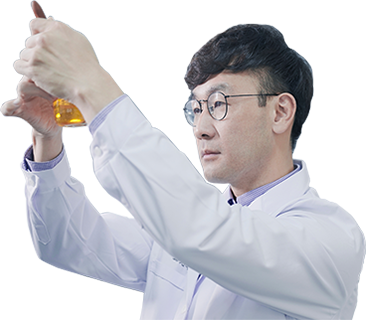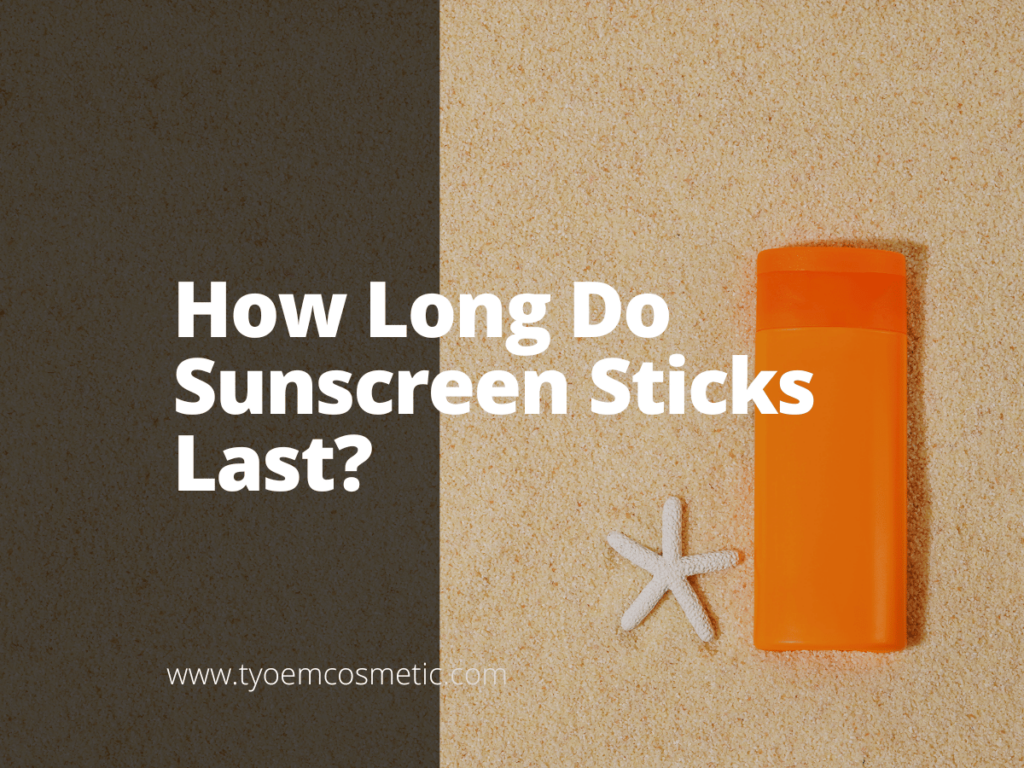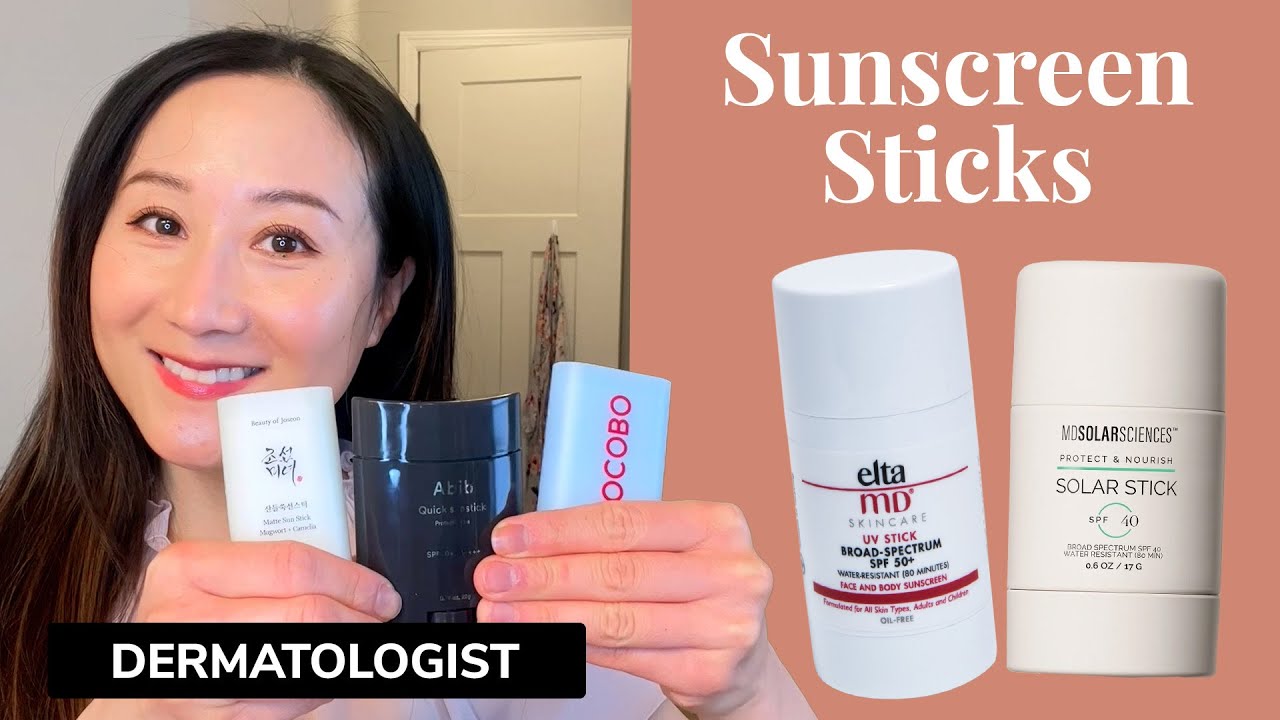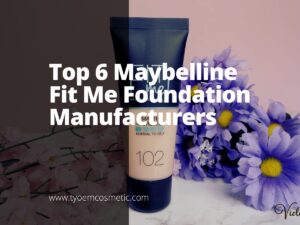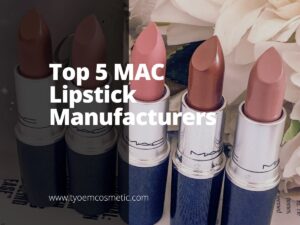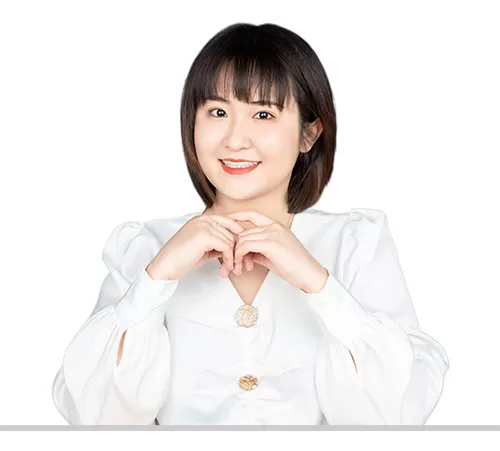If you’re in the sun care business, you know that product shelf life can’t be an afterthought—it’s a detail that shapes your brand’s trust.
I’ve noticed businesses can overlook the expiration details of sunscreen sticks when launching or updating a product line.
But these details can impact safety, brand reputation, and even customer loyalty.
As a product line strategist, I work with businesses to ensure that every product meets expectations for quality and performance.
You can count on this review to give you straightforward, reliable guidance.
This article will break down the real shelf life of sunscreen sticks, what to watch for, and how it all ties into your product development goals. Your business needs more than assumptions, it needs answers.
So, let’s get started!
1. How Long Sunscreen Sticks Last After Each Application
I’ve seen firsthand how sunscreen sticks have become a must-have in any comprehensive sun care product line. They’re neat, portable, and practical, features that make them stand out in the market.
But once applied, that protective barrier isn’t permanent. It has a lifespan that’s crucial for your customers and your brand’s promise of reliable protection.
So how long do sunscreen sticks actually last after each application?
- Typically, they hold up for about 2 hours in standard conditions.
- When exposed to water, sweat, or active use, that protection can drop to 1 hour or even less.
These numbers aren’t just trivia, they’re what shape how your product line meets real-world needs. Understanding this helps ensure your brand’s claims and your customers’ expectations match.
2. Recommended Reapplication Frequency
I’ve talked with plenty of businesses about sunscreen sticks, and one question always comes up: how often should people reapply them?
It’s a key detail that can set your product line apart, because it’s not just about the first application, but how long it really protects.
Understanding the Standard Recommendations
Most sunscreen sticks follow a clear reapplication guideline, every 2 hours.
That recommendation isn’t just a guess. It’s grounded in how sunscreen ingredients perform over time, especially when exposed to sweat, water, and the skin’s natural oils.
At TY Cosmetic, every sunscreen stick is developed with this in mind, ensuring consistent protection that aligns with real-world usage and industry standards.
It’s how you build trust, and deliver results that matter.
Factors That Shorten That Window
I’ve seen how sunscreen sticks can lose their edge faster in tough conditions. Here’s what can cut that 2-hour window down:
- Sweat and Heat: The heat of a busy job site or outdoor work can cause the protective layer to break down faster. Sweating speeds up the wear, making that 2-hour mark more like 1 hour or even less.
- Water Exposure: Whether it’s rain, washing up, or contact with water during outdoor work, water can wash away the protective layer quicker than most people expect.
- Physical Activity: Movement creates friction—like uniforms rubbing against skin or gear pressing down—which wears down the sunscreen faster.
- High UV Conditions: On especially sunny days or in environments with intense UV exposure, the sunscreen’s effectiveness can fade faster even without water or sweat.
These aren’t just footnotes, they’re real-world challenges that can shift how long a sunscreen stick really lasts.
For your product line, making sure these points are clear to customers builds trust and ensures that the product delivers exactly what’s promised.
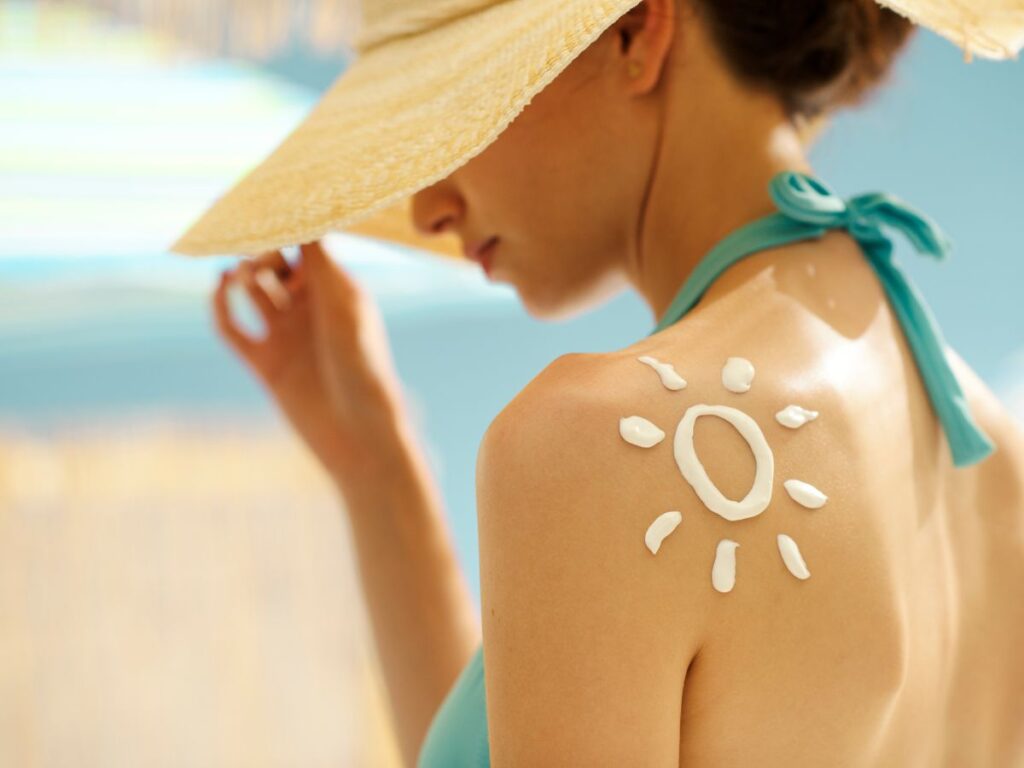
3. Ingredients and Shelf Life
I’ve always been fascinated by how much the ingredients in a sunscreen stick can tell you about its shelf life.
It’s not just about what’s in the formula, it’s how those ingredients hold up over time.
- Active Ingredients: UV filters like zinc oxide or avobenzone are the backbone of any sunscreen stick. They’re stable, but they can still lose effectiveness if stored too long or in harsh conditions.
- Emollients and Oils: These keep the stick smooth and easy to apply. Over time, they can separate or degrade, affecting both texture and coverage.
- Preservatives: These extend the shelf life of the product by keeping bacteria at bay. But even preservatives can lose their punch if the product isn’t stored properly.
- Antioxidants and Vitamins: Extras like vitamin E or botanical extracts can help protect the skin. They’re great in fresh formulas, but they tend to break down faster, shortening the stick’s lifespan.
- Fragrance and Colorants: While they make a product appealing, they’re also sensitive to heat and light. Over time, these can fade or become unstable, hinting that it’s time for a replacement.
Knowing how these ingredients work together (and how they wear down) is key when you’re managing a sunscreen stick line. It’s all about striking the right balance between performance and stability.
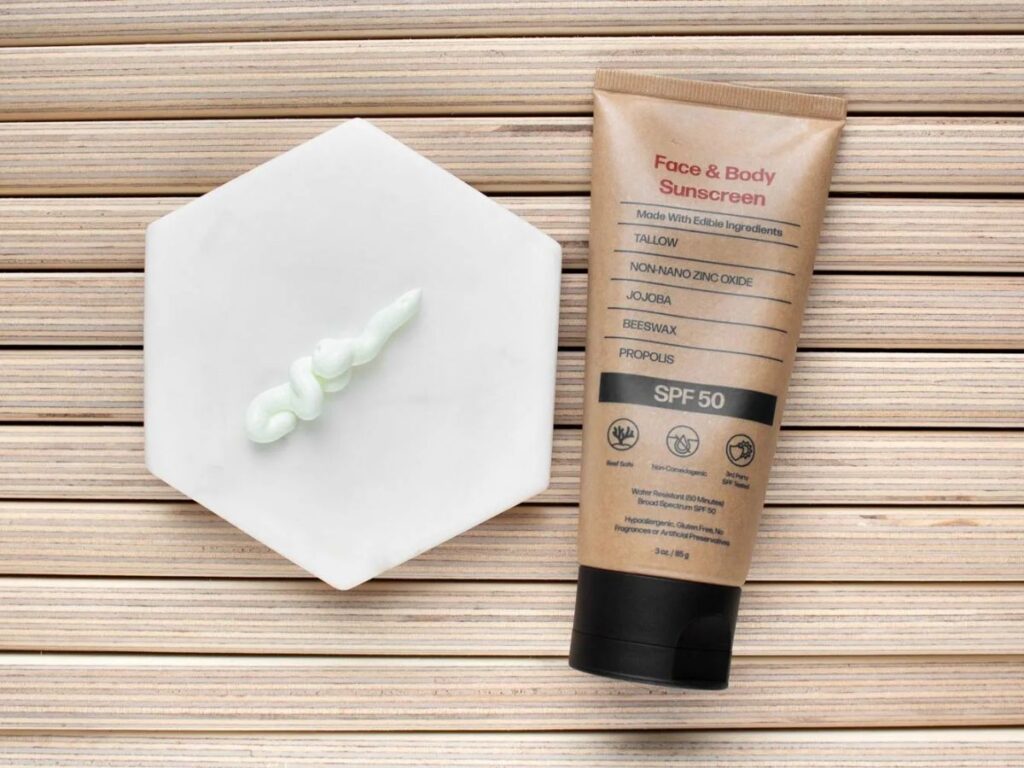
4. Packaging and Storage
From what I’ve seen, the way sunscreen sticks are packaged and stored can make or break how long they last on the shelf. Good packaging and smart storage can make all the difference in how well your sunscreen sticks stand up to the real world.
Let’s take a closer look at what matters most.
Protective Packaging
Good packaging is the first line of defense for any sunscreen stick. Opaque or tinted tubes are far better than clear ones because they block out light, helping to preserve the effectiveness of active ingredients over time.
Durability matters too. A sturdy, well-designed container protects the product from damage during shipping, storage, and everyday use.
It’s not just about looks; it’s about protecting what’s inside.
That’s why TY Cosmetic takes packaging seriously, choosing materials that maintain formula stability while reinforcing product quality from lab to shelf.
Airtight and Moisture-Resistant Seals
Airtight and moisture-resistant packaging can make a huge difference in keeping your sunscreen stick fresh. Airtight seals keep air out, which slows down oxidation of the active ingredients and keeps the formula stable. Moisture barriers are just as important, especially if you’re storing products in humid environments or warm climates.
These features help stop your stick from getting sticky or runny, which can impact performance. It’s these little details that show you’re serious about delivering a quality product.
Optimal Storage Conditions
The way sunscreen sticks are stored can be just as important as how they’re packaged. Keeping them at a steady temperature, away from direct sunlight, makes sure the formula doesn’t start to separate or degrade.
Humidity can also cause issues, so it’s smart to avoid damp areas when storing bulk shipments or finished products. Even if you’re doing everything else right, poor storage can shorten shelf life and cut into your bottom line.
Getting storage conditions right is a simple step that can save you a lot of headaches down the road.
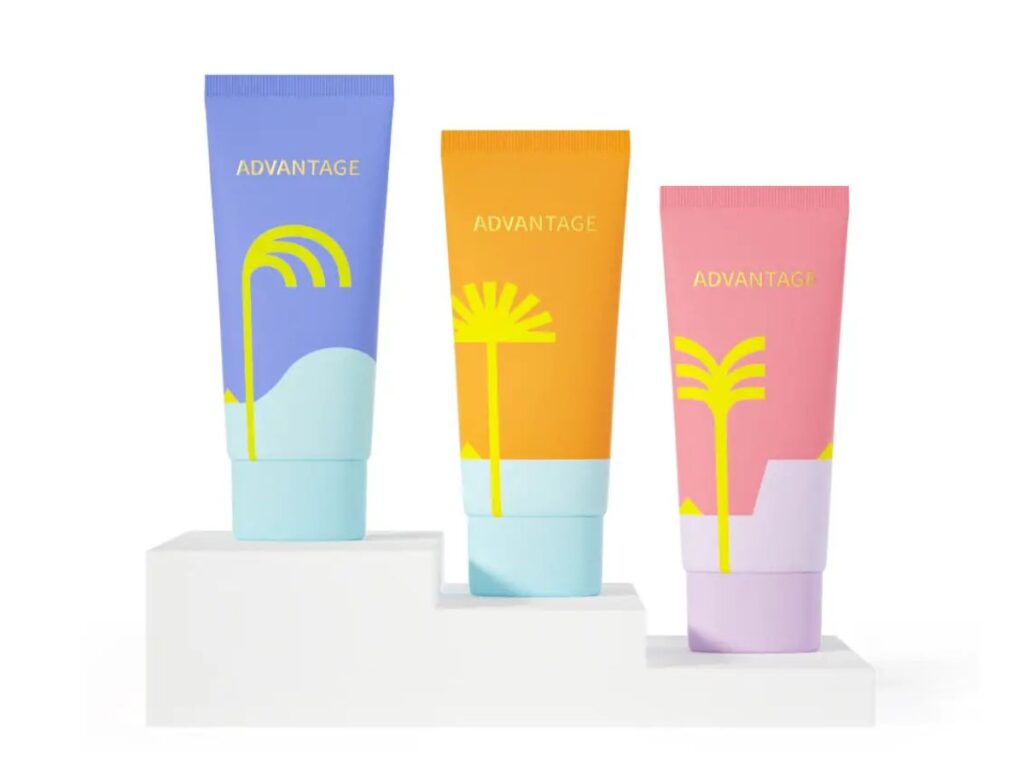
5. Indicators of Deterioration
I’ve seen how sunscreen sticks can look perfectly fine on the outside but start to lose their effectiveness over time. Catching the early signs of deterioration is key for businesses that want to deliver reliable sun care products and keep customers’ trust.
- Texture Changes: A sunscreen stick that used to glide on smoothly can start to feel gritty or crumbly. This is a clear sign that some ingredients are breaking down.
- Color Shifts: If the color has changed noticeably from when you first put it on the shelf, it’s a red flag. UV filters and antioxidants can fade or darken, hinting that the product isn’t as stable as it should be.
- Unusual Smell: A fresh sunscreen stick should have a mild, clean scent. A rancid or sour smell can mean the oils or other ingredients have gone bad.
- Separation or Leaking: If you see any pooling or liquid at the top of the stick, it’s usually a sign that the formula’s stability is gone. That can mean reduced UV protection for the user.
- Hardening or Drying Out: A sunscreen stick that’s become too hard or dried out won’t spread evenly. This can lower the overall SPF protection and make it tough for customers to get a consistent application.
Paying attention to these signs helps your business stay on top of product quality and make sure customers only get sunscreen sticks that truly protect. Let me know if you’d like me to expand this further or keep going!
6. Storage Methods for Maximum Shelf Life
I’ve noticed that even the best sunscreen stick can lose its edge without proper storage. It’s not just about keeping things neat, it’s about making sure the product stays stable and keeps its protective qualities.
Here’s a simple table showing the best storage methods to get the most from your sunscreen sticks:
| Storage Method | Why It Works | Where to Use It | Things to Avoid | Impact on Shelf Life |
| Cool, Dark Location | Limits exposure to light and heat, protecting actives | Storage rooms, back-of-house areas | Sunlit windows, near radiators | Keeps active ingredients stable and extends lifespan |
| Airtight Containers | Reduces oxygen exposure, slows down ingredient breakdown | Use airtight bins or storage boxes | Open bins, poor sealing | Helps maintain texture and scent for longer |
| Climate-Controlled Storage | Keeps temperature and humidity stable for sensitive formulas | Warehouses with HVAC systems | Uncontrolled garages or outdoor sheds | Prevents premature separation or hardening |
| Vertical Positioning | Minimizes leakage and keeps product shape consistent | Store upright in bins or on shelves | Stacking horizontally without support | Maintains product shape and stops separation |
| Minimal Handling | Reduces vibration and movement that can disrupt stability | Assign a single location for storage | Frequent moving or rough handling | Keeps formula evenly mixed and reduces breakdown |
These simple storage steps help you keep your sunscreen sticks in peak condition and show your customers you’re serious about quality. Let me know if you want to dive deeper into any of these methods!
7. Common Customer Service Questions
Customers and partners alike ask about sunscreen sticks all the time, and it’s important for businesses to be ready with clear, reliable answers. Having these responses on hand can save time, avoid confusion, and build customer trust. Here’s a set of FAQs that I often see in the industry:
- How long is a sunscreen stick good for after it’s opened?
Once opened, most sunscreen sticks remain effective for about 12 months, assuming they’re stored properly. It’s always wise to check the product’s expiration date to ensure safe and reliable protection.
- Can sunscreen sticks go bad before the printed expiry date?
They can, especially if exposed to direct sunlight, heat, or humidity. Proper storage practices help ensure they remain effective and safe to use.
- What’s the difference between mineral and chemical sunscreen sticks?
Mineral sunscreen sticks contain zinc oxide or titanium dioxide, which physically block UV rays. Chemical sunscreen sticks absorb UV rays and convert them into heat, offering a different protective approach.
- Do sunscreen sticks work as well as lotion or spray?
Yes, when applied correctly, sunscreen sticks provide the same UV protection as lotions or sprays. Their convenience and targeted application make them a popular choice for on-the-go use.
- Is it normal for sunscreen sticks to change color over time?
Some minor color changes can occur naturally, but significant color shifts suggest the product’s stability has been compromised. Advising customers to monitor these changes can prevent problems.
- Can sunscreen sticks be used on sensitive skin?
Many mineral-based sunscreen sticks are designed to be gentle for sensitive skin types. Recommending a patch test first is a smart step to make sure customers avoid unexpected reactions.
- Are sunscreen sticks safe for children?
Sunscreen sticks can be a practical choice for children because they’re easier to apply. However, it’s always best to follow pediatrician recommendations and check the product’s safety guidelines.
Dive Deeper Into Our Resources
For some insightful reads, we’ve curated a list of recommended articles just for you:
Still haven’t found what you’re looking for? Don’t hesitate to contact us. We’re available around the clock to assist you.
Conclusion
We started by talking about why shelf life matters, and now you’ve got a clear plan to keep sunscreen sticks reliable and trusted by your customers.
From key ingredients to airtight packaging and real-world storage.
These steps aren’t just guidelines—they’re tools to build a stronger product line.
The question now is simple: what are you going to do with this knowledge?
Let’s not leave it at talk, let’s take the next step together.
Contact us today at TY Cosmetic and make sure your sun care products live up to everything your brand promises.

